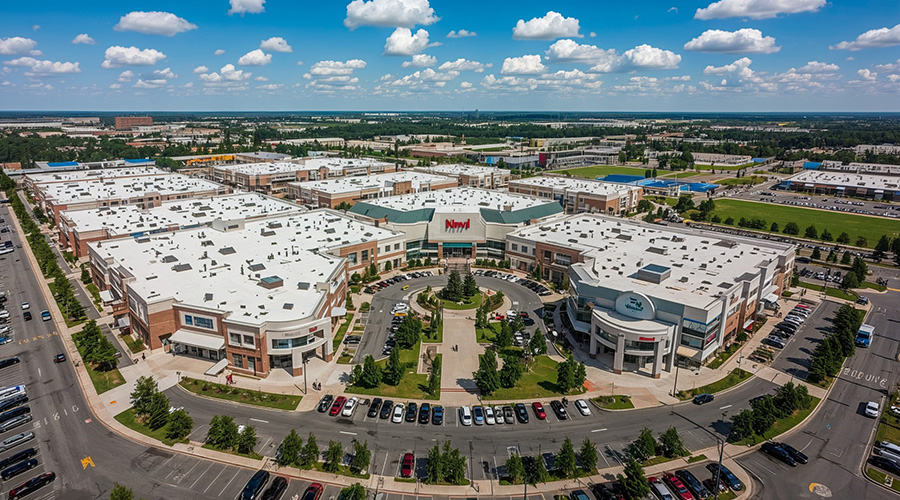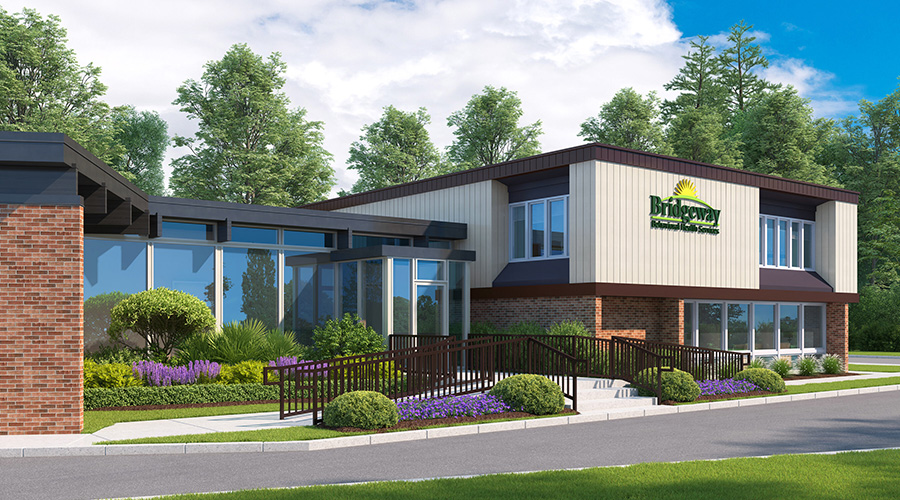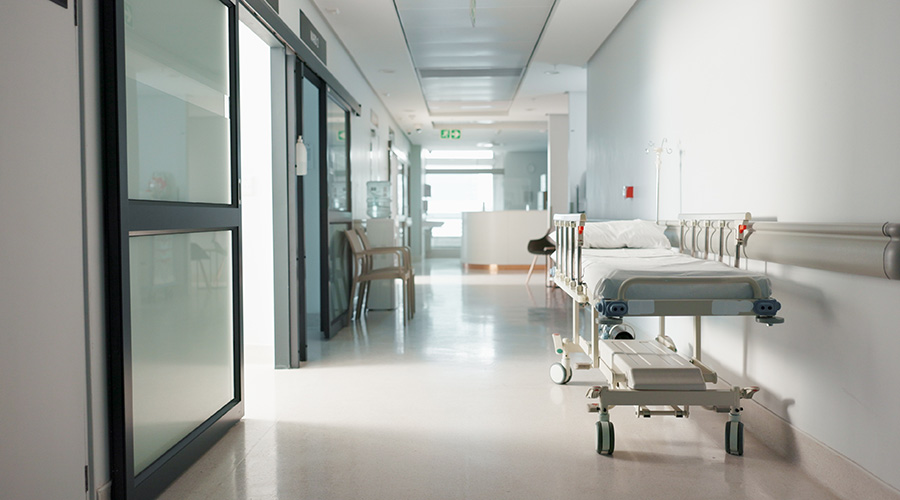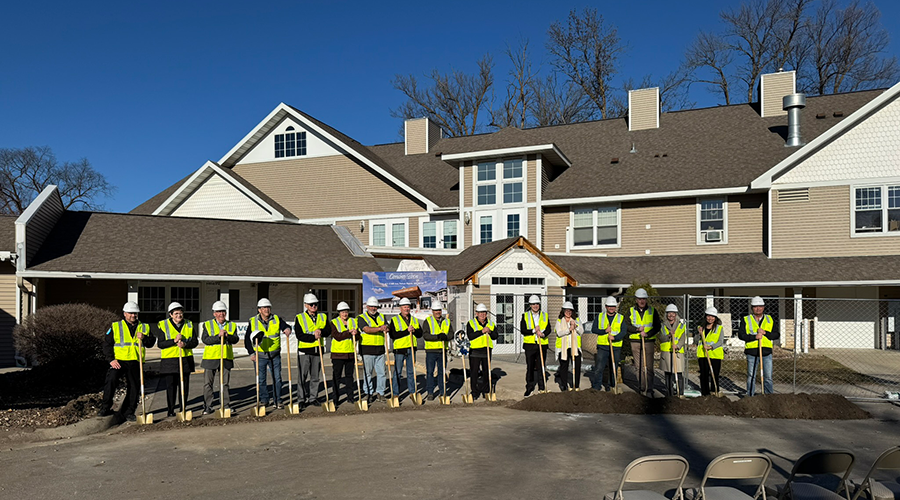There’s a fine line between saving energy and maintaining patient and staff comfort. With hospitals using nearly two-and-a-half times more energy per square foot than their corporate and retail counterparts, every hospital’s facilities management plan likely includes steps to save energy.
But energy-saving improvements can sometimes impact comfort and productivity (good examples: turning up the thermostat and dimming lights).
Some energy-efficiency solutions, such as low-e window film, offer the best of both worlds by improving comfort and reducing monthly utility bills. The right type of window film offers several energy-saving benefits: enhanced and prolonged performance of HVAC and lighting systems, increased window insulating power, and decreased plug load. Window film also improves the indoor environment by reducing hot and cold spots, making near-window indoor temperatures more tolerable, reducing glare, and lessening exposure to UV rays.
Hospital windows: Benefits and drawbacks
There’s no doubt that windows provide critical views and connections to nature — especially for hospital patients. The role of the physical environment is constantly identified as a factor that can positively or negatively affect wellbeing and satisfaction.
Windows add a therapeutic element to the indoor healthcare environment that allows patients access to daylight and exposure to the outdoors — which may lead to faster healing. A 2004 study implies that exposure to nature through a window can improve stress and pain in healthcare settings.
Windows are also beneficial wayfinding tools for hospitals. By providing a view of exterior landmarks, visitors and patients may be able to better navigate through complex campuses or facilities when they’re able to see outside.
Despite their benefits, however, windows do present one big drawback: poor insulating power that compromises building envelope efficiency. Windows are often the worst-performing building envelope component because of solar heat gain and thermal conduction (heat gain in summer and heat loss in winter).
Window replacement is an option to improve window insulation, but it’s a costly choice that’s typically necessary only when windows have damaged frames or seals, broken glass, or moisture issues. If improved energy efficiency and comfort are what you’re after, low-e window film can help upgrade both — even if the windows are decades old.
High-performance, low-e window film reduces heat loss in winter and solar heat gain in summer, providing comfortable indoor temperatures year-round. Improving this component of the building envelope can also reduce the amount of lighting, heating, and cooling your building needs.
New low-e film technology improves window insulating power by as much as 92 percent. It can essentially give single-pane windows the same insulating performance as double-pane windows (and double-pane windows the same insulating performance as triple-pane).
HVAC savings
At some point, HVAC equipment needs to be replaced. But proper maintenance and load reduction strategies may extend the life of existing systems. If you’ve identified HVAC as an opportunity to save energy, start by reducing heating and cooling loads. You may also prolong capital investments in HVAC upgrades or replacements.
There are several ways to reduce HVAC loads, but a good place to start is by controlling solar heat gain through glass. According to the U.S. Department of Energy, solar heat gain from windows is responsible for nearly one-third of a building’s total cooling costs. For patients or staff located near windows, uncontrolled solar heat gain often translates to discomfort (and increased use of fans, space heaters, shades, and blinds). In some cases, depending on weather, temperatures of surfaces near windows can reach 125 degrees F or higher during summer months.
If HVAC systems are undersized, the system may run excessively to cool the building, ultimately shortening HVAC equipment lifecycle.
Improving window R-values with high-performance, low-e window film may help reduce additional cooling costs associated with solar heat gain. Hospitals can save energy during the winter months with window film, too. Because of the inherently poor insulating characteristics of glass, heat can be lost through windows in winter. Low-e technology helps reduce the flow of radiant heat from the warmer side of a window to the cooler side, ultimately reducing heating loads and runtimes. If heat attempts to radiate to the outdoors, low-e film reflects much of it back into the room instead of absorbing it.
Patients and staff members located near windows will notice a difference as well: Low-e window film can reduce near-window surface temperatures by 30 to 40 degrees in the summer months.
Lighting savings
Daylighting has proven to be a valuable, free resource that can improve hospital staff productivity and mood, as well as patient outcomes. Despite the myths that window film makes indoor spaces dark and increases electric lighting usage, the right low-e window film can actually decrease lighting costs.
New low-e films are spectrally selective, so they reduce a greater portion of infrared heat vs. visible light. This means that low-e window film allows daylight in through hospital windows while minimizing solar heat gain and glare. It also controls damaging UV rays. Prolonged UV exposure is linked to skin cancer, and can also damage flooring, furnishings, artwork displays, wall hangings, and medical equipment.
As a result, uncontrolled daylight often causes patients, visitors, and staff to shut blinds and shades. This helps reduce the effects of solar heat gain, glare, and UV ray exposure, but covering the windows also sacrifices natural light and views. As a result, artificial lighting requirements may increase because it’s the only source of light.
To investigate window film’s effect on lighting, a research team at the University of Padua (Italy) recently studied a situation at MG Tower. This modern office building — although not a hospital – had up-to-date HVAC systems and new windows. But facilities management still struggled to help occupants deal with uncomfortable temperatures and glare near the windows. The team invested in low-e window film and successfully reduced solar heat gain and glare – but they also noted a significant increase in useful daylight because blinds were open more often. (The MG Tower research team also proved that there wasn’t a measurable increase in lighting energy after window film installation.)
Plug load savings
Plug load is currently the fastest-growing source of energy use in commercial buildings. Because high-performance building systems are using less energy, plug load is taking up a bigger percentage of the overall energy equation.
Buildings with energy-efficient HVAC and/or lighting systems may see plug loads that comprise 50 percent or more of total building energy use: computers, monitors, medical equipment, printers, phones, vending machines, space heaters and fans, task lights, electronic devices, and anything else that can be plugged in. The Energy Information Administration (EIA) estimates that plug load levels will grow by another 60 percent in the next 15 years.
Low-e window film can also help control this energy load. Hospital staff members located near windows may not need to run fans and/or space heaters to stay comfortable if hot and cold spots are eliminated. Task lights may not be needed as often, either, if blinds can be kept open without difficulty seeing computer or medical equipment screens.
Tackling your hospital’s energy efficiency is a big job, but the right technology can help. Window film isn’t the only option to consider when looking for ways to save energy while positively impacting the indoor environment, but it’s one that may provide an attractive return on investment by extending HVAC and lighting equipment life, providing extra insulating power to the building envelope, and decreasing plug load.
Steve DeBusk is global energy solutions manager for the window film division at Eastman Chemical Company.

 Healthcare Is the New Retail
Healthcare Is the New Retail Bridgeway Behavioral Health Services Launches Campaign to Renovate Health Center
Bridgeway Behavioral Health Services Launches Campaign to Renovate Health Center Ground Broken for New North Dakota State Hospital
Ground Broken for New North Dakota State Hospital AI Usage for Healthcare Facilities
AI Usage for Healthcare Facilities Ground Broken on Pelican Valley Senior Living Modernization Project
Ground Broken on Pelican Valley Senior Living Modernization Project